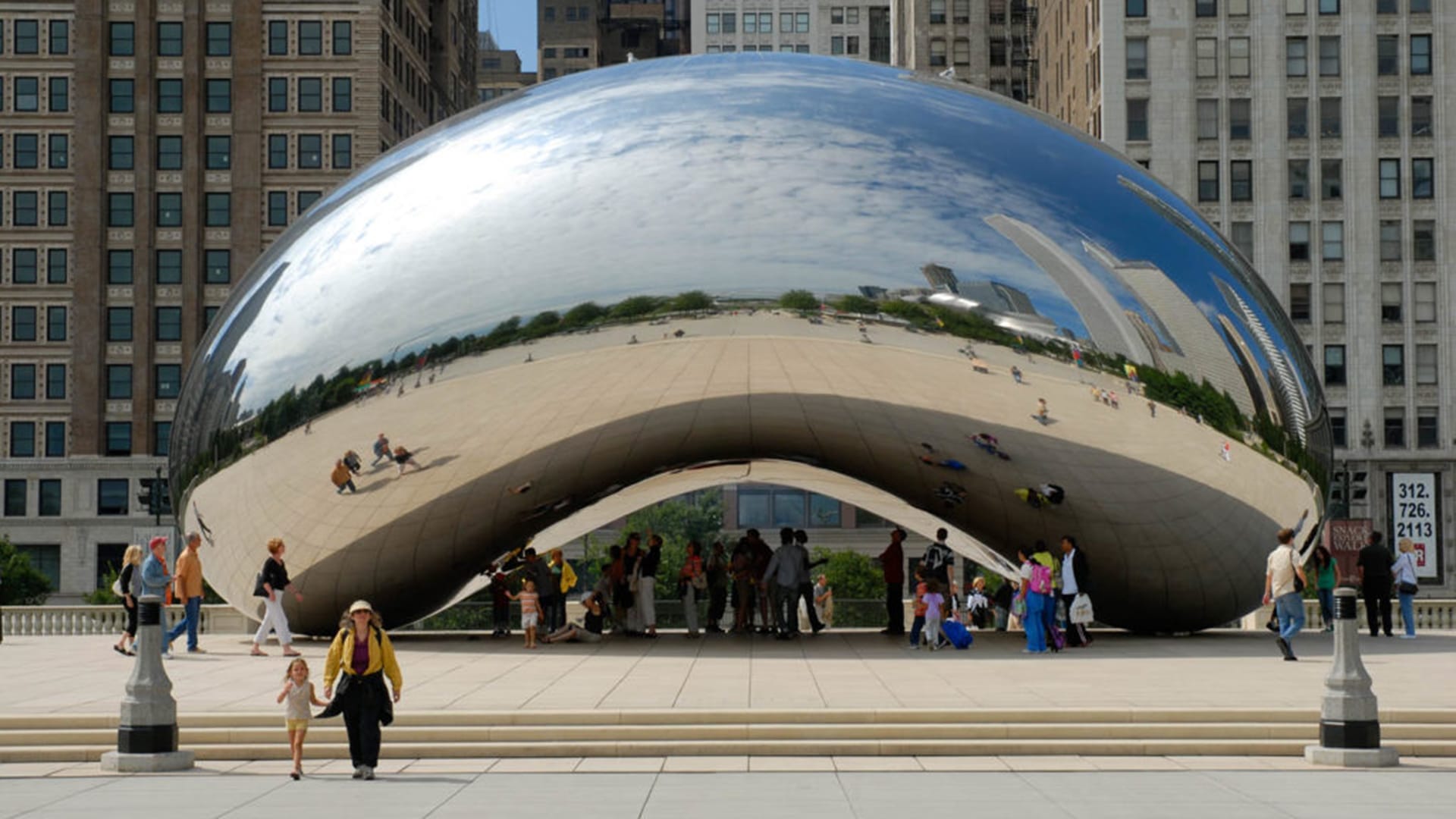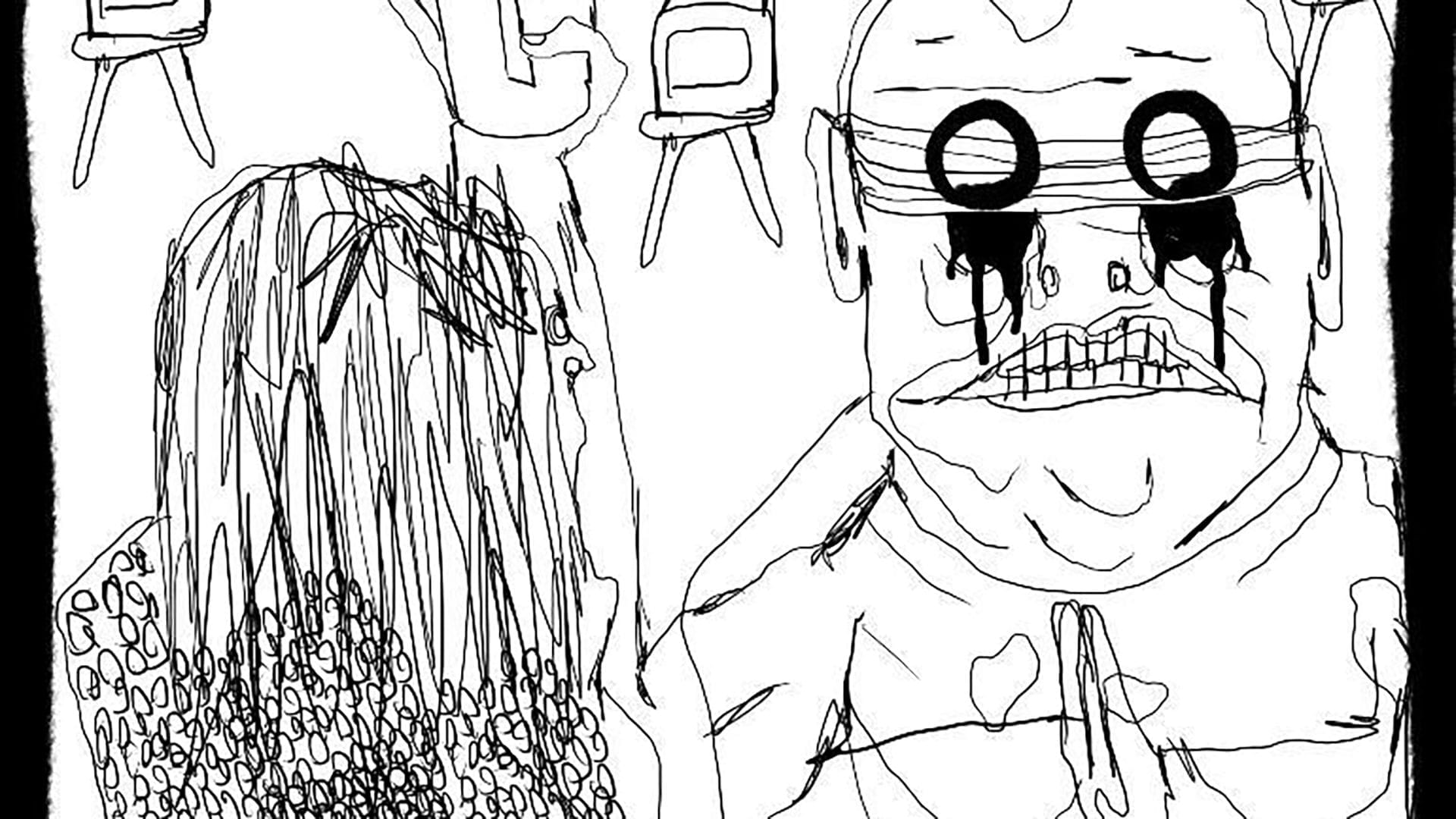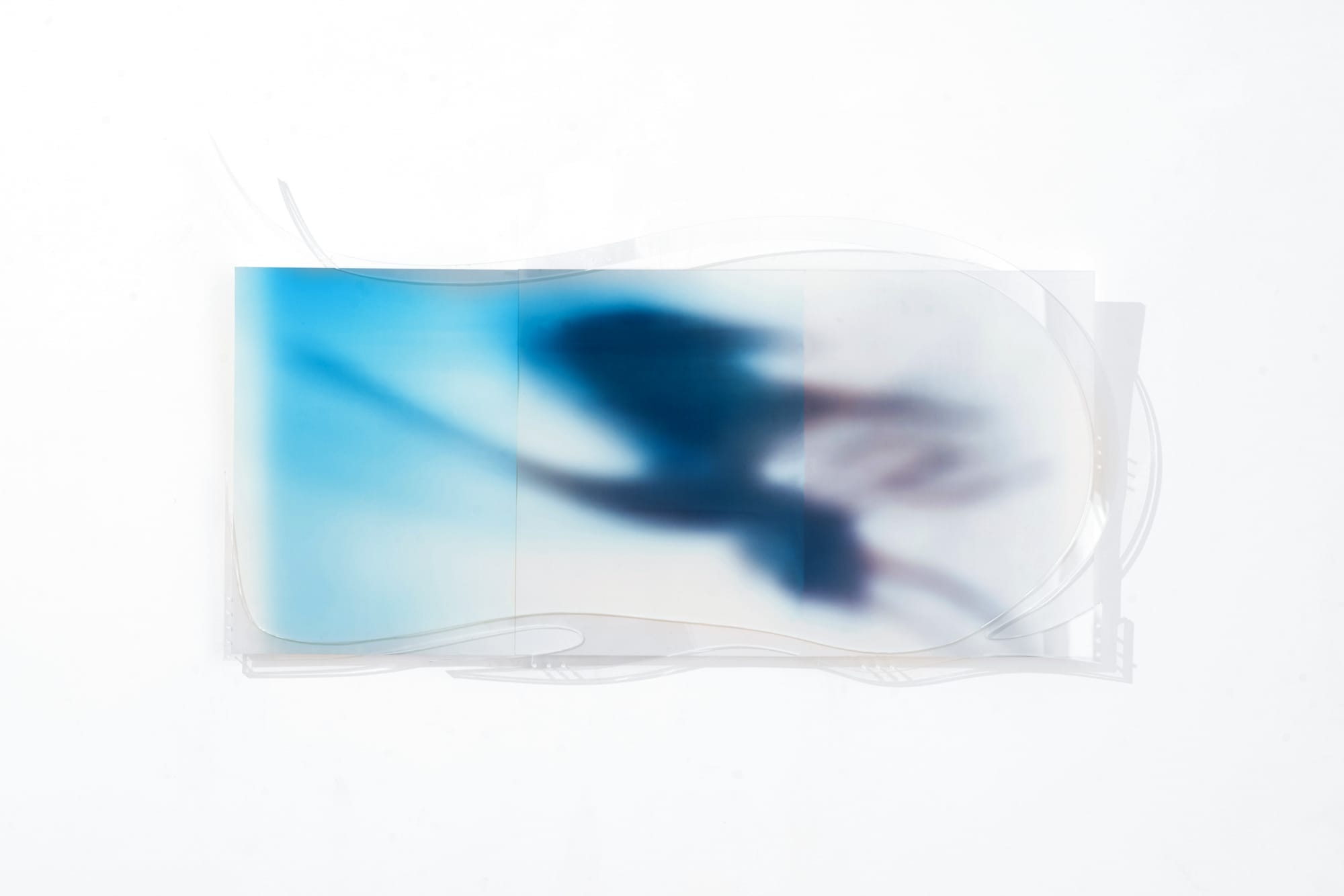
Anish Kapoor: reflections on art and creativity
Anish Kapoor, born in Mumbai in 1954, is an artist who has captivated the collective imagination with his bold and innovative sculptures. Raised in a family of Jewish-Indian origin, Kapoor was exposed from an early age to a cultural melange that significantly impacted his artistic development. His early artistic influences are drawn from a blend of Eastern and Western traditions, a dualism that continues to be reflected in his works.
Kapoor moved to London in the 1970s to study art, a pivotal period that marked the beginning of his artistic career. At Hornsey College of Art and later at Chelsea School of Art and Design, he began experimenting with various materials and forms, exploring the relationship between color, space, and perception. This exploratory phase laid the groundwork for his future works, which often play with illusion and visual ambiguity.
In the 1980s, Kapoor started to gain recognition for his distinctive sculptures. This period saw the emergence of his interest in voids and interiority, themes that have become central to his art. His works from this time exhibit an attraction towards simple geometric shapes, yet with an underlying complexity that invites the viewer to deeper introspection.
Continuing in his career, Kapoor has consistently challenged the boundaries of sculpture. His preference for materials like resin, stone, and pigment reflects an unceasing quest for new expressive modes. His sculptures, often large in scale, are not only imposing but also laden with symbolic meaning, exploring themes like birth, death, and rebirth.
One of the most distinctive features of Kapoor’s work is his ability to create pieces that interact with their environment. Many of his works are designed to respond to the spaces they occupy, whether in art galleries, parks, or urban areas. This aspect of his work underscores his interest in sculpture as an interactive experience, an art form that is not just to be seen but to be lived.
Anish Kapoor is also renowned for his bold use of color, particularly red and blue. These colors, recurrent in his works, are imbued with meanings and cultural associations. Red, for instance, is often used to evoke feelings of vitality and passion, while blue can suggest depth and infinity.
Throughout his career, Kapoor has also delved into the theme of duality, a concept originating from his multicultural roots. His works often play with the idea of opposites: lightness and weight, interior and exterior, visible and invisible. This tension between opposites creates a sense of mystery and wonder in his sculptures, inviting the viewer to reflect on the nature of existence and perception.
In the broader context of contemporary art, Kapoor’s work stands out for its ability to merge philosophy, science, and art into a cohesive dialogue. His pieces are often interpreted as metaphysical inquiries, exploring concepts such as time, space, and consciousness. This holistic approach to sculpture has made him one of the most influential contemporary artists, an innovator who continues to push the boundaries of art.

Defying Perception: Illusion and Mystic Materiality
Continuing on Anish Kapoor’s artistic journey, the influences of his cultural and philosophical roots are clearly evident. His work, steeped in spirituality, often draws inspiration from ancient Indian philosophies, like the concept of “Maya,” the notion of illusion. This is reflected in his skill at manipulating the perception of space and form, prompting the viewer to question the reality of their perceptions.
Kapoor’s interest in mysticism is also evident in his choice of materials that seem to transform his sculptures into almost living entities. The use of intense pigments and the processing of surfaces that absorb or reflect light create an almost mystical experience. Works like “My Red Homeland” and “Orpheus” are emblematic examples of this tendency, where art becomes a medium to explore human interiority and its hidden depths.
Another fundamental aspect of Kapoor’s work is his ability to create a dialogue between art and science. His fascination with technology and scientific innovations has led him to experiment with cutting-edge materials and processes. This approach has allowed Kapoor to create works that defy gravity and manipulate light in surprising ways. For instance, his use of reflective materials, as in the “Cloud Gate” in Chicago, creates optical illusions and immersive environments that challenge the traditional perception of space and form.
Kapoor’s approach to art is deeply rooted in a desire to explore and understand the essence of humanity. This is manifested in his works through the use of organic and natural forms, often evoking human anatomy and biological processes. This connection between man and art is also reflected in the way his works interact with viewers, inviting them to a participative and reflective experience.
Beyond his exploration of forms and materials, Kapoor is known for his boldness in addressing social and political themes through his art. His works often carry an underlying message that speaks to issues such as identity, migration, and cultural conflict. This aspect of his work not only reflects his personal commitment as an artist but also underscores his belief that art can be a tool for social change and dialogue.
This extraordinary artist’s career is also marked by numerous collaborations with architects, engineers, and other artists, further expanding his field of artistic exploration. These collaborations have led to the creation of works that are both technically innovative and emotionally powerful, combining engineering precision with expressive depth.

Scale, Perception, Infinity
Continuing our exploration of Anish Kapoor’s artistic journey, it’s important to emphasize how his works play with scale and perception. His gigantic sculptures, sometimes installed in imposing public spaces, are not just art pieces but become immersive experiences. These monumental works, like the famous “ArcelorMittal Orbit” in London, are more than mere objects to be observed; they are spaces to be experienced, inviting the observer to physically interact with the art.
Kapoor’s fascination with size and architecture has led him to experiment with the notions of infinity and continuity. His works often suggest a sense of endlessness, either through the use of mirrors and reflective surfaces that create illusions of endless space, or through forms that seem to extend beyond physical boundaries. This quest for the infinite is evident in works like “Descent into Limbo”, where a black hole at the center of the room appears to lead into an endless abyss.
The relationship between light and shadow plays a crucial role in Kapoor’s art. His sculptures often capture and refract light in ways that transform the surrounding environment, creating a play of light and shadows that continuously changes. This visual dynamism not only adds a temporal dimension to his works but also invites meditative contemplation on the passage of time and the transient nature of reality.
Despite his success and international recognition, Kapoor has never ceased to experiment and push the boundaries of what is possible in art. He continues to explore new materials and processes, always seeking to break down barriers between art, science, and technology. His recent explorations into the use of advanced materials, like Vantablack, a pigment known for being one of the darkest ever created, testify to his constant desire for innovation.
Kapoor’s impact on the contemporary art world extends beyond his works. He is an influential thinker and speaker who often reflects on art, creativity, and their role in society. His ideas and visions have inspired generations of artists, curators, and art enthusiasts, contributing to shaping the contemporary artistic dialogue.

fakewhale
Founded in 2021, Fakewhale advocates the digital art market's evolution. Viewing NFT technology as a container for art, and leveraging the expansive scope of digital culture, Fakewhale strives to shape a new ecosystem in which art and technology become the starting point, rather than the final destination.
You may also like
7 – An Unlikely Friendship
Somewhere in Montana, United States Dasher approached the scent of incense through the thick forest.
Szilvia Bolla, Running Up That Hill at Glassyard Gallery, Budapest
“Running Up That Hill” by Szilvia Bolla, curated by Barnabás Zemlényi-Kovács, at Glas
Fakewhale in Dialogue with Matteo Cantarella
On the occasion of this conversation with Matteo Cantarella, founder of the eponymous gallery in Cop




